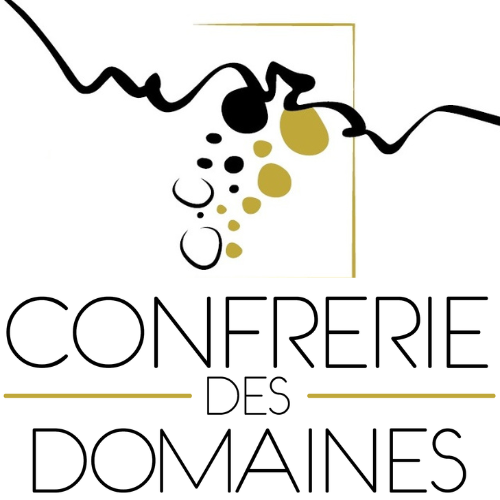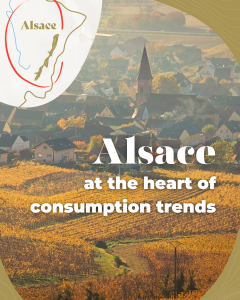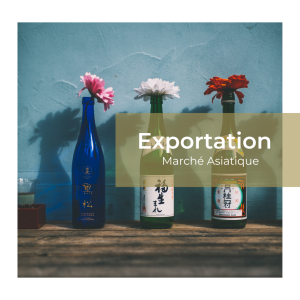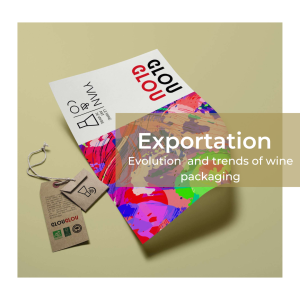The evolutions and trends of wine packaging: What new developments are generating excitement in the wine export industry?
The world of wine is constantly evolving, and bottle packaging plays an essential role in this transformation. As a company passionate about promoting French wines internationally, you are certainly aware of the importance of design and packaging in attracting foreign consumers and retaining your clientele. In this article, we will explore the captivating trends that are redefining the world of wine packaging. From eco-friendly and clean designs to storytelling labels and technological innovations, discover how these elements can give new momentum to your business and conquer new markets.
The Rise of Eco-Friendly and Responsible Packaging
1.1 Sustainable Materials in Wine Packaging for Exporting Wines to Germany
Over the years, the wine industry has recognized the importance of reducing its environmental impact, especially when exporting wine to Germany, a market where consumers are particularly sensitive to eco-friendly practices. As a result, new sustainable materials have emerged in wine packaging. Recycled glass is a significant example, adopted by many producers for their bottles intended for export to Germany. Some producers are turning to bioplastics, made from renewable raw materials such as cornstarch or sugarcane. These materials offer an ecological alternative to traditional petroleum-based plastics.
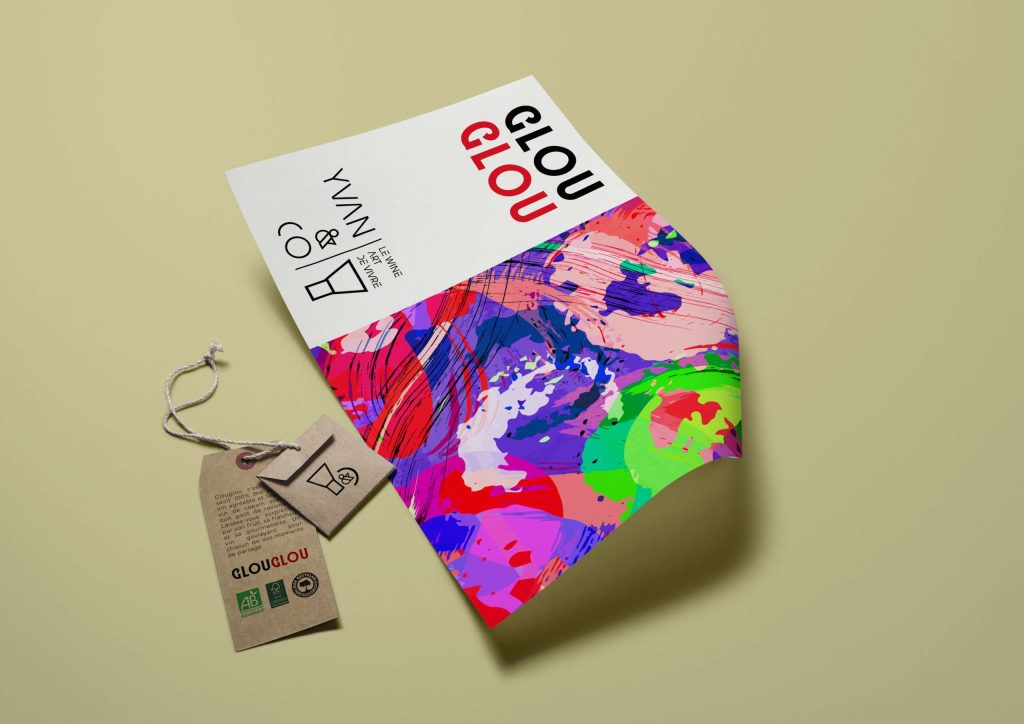
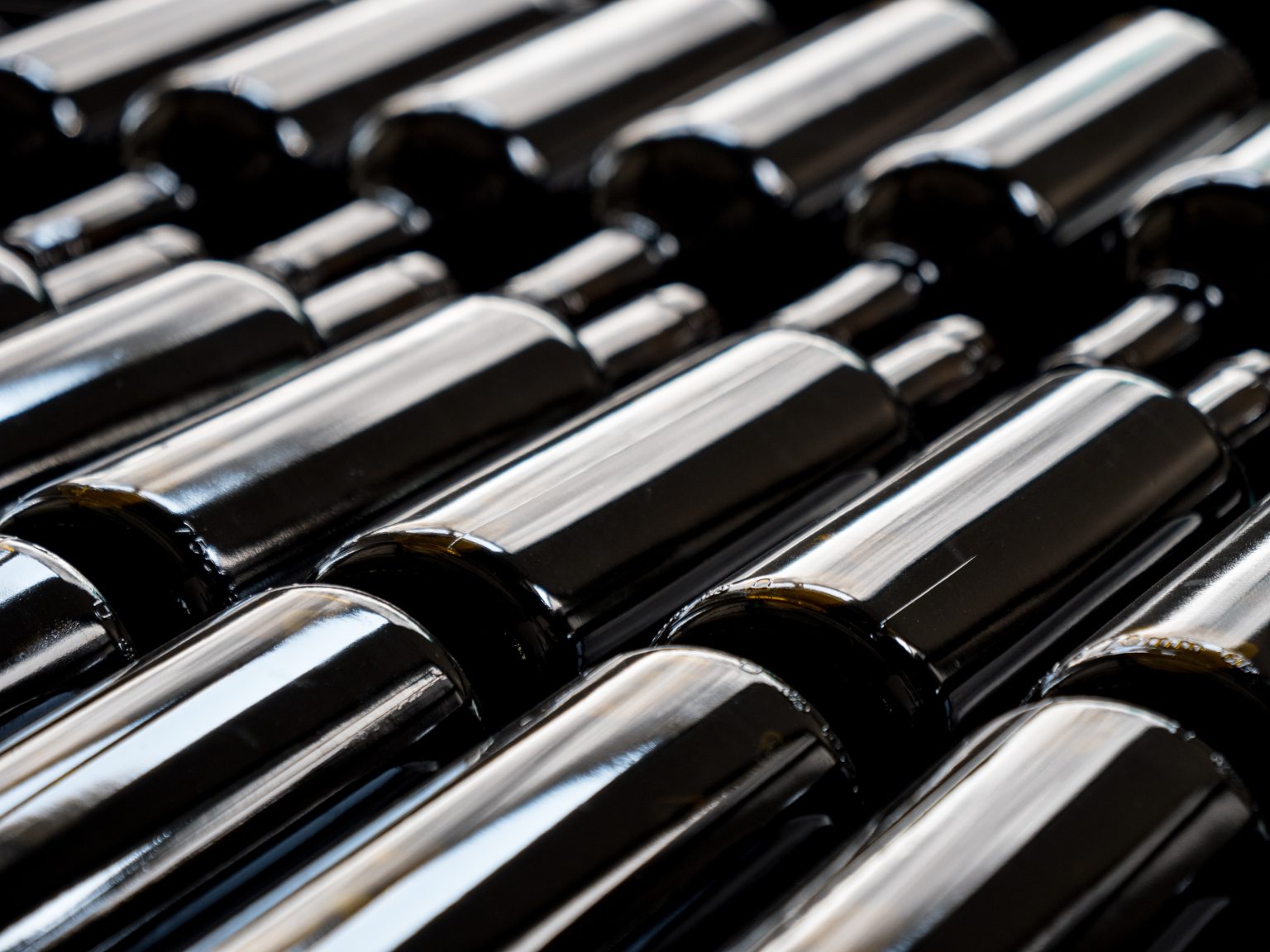
1.2 Alternatives to Traditional Glass Bottles for Exporting Wine to Canada
To export wine to Canada, a country known for its environmental concerns, French producers are adapting their packaging by using alternatives to traditional glass bottles. Recyclable plastic bottles are increasingly favored as they meet the expectations of Canadian consumers who are environmentally conscious and value recycling. PET is a growing alternative to glass for wine bottles. It is lightweight, unbreakable, and has a lower carbon footprint in terms of transportation.
1.3 Positive Impact on the Brand Image of Eco-Responsible Producers for Exporting Wine to Sweden
Exporting wine to Sweden, a market where environmental consciousness is deeply ingrained in the culture, requires an eco-responsible approach. Producers who adopt eco-friendly packaging practices demonstrate their commitment to environmental protection and gain the trust of Swedish consumers, thereby reinforcing their brand image in this demanding market. These Bag-in-Box packages are practical, economical, and reduce waste compared to glass bottles. They can be equipped with a tap for easy serving and prolong the wine’s shelf life after opening.
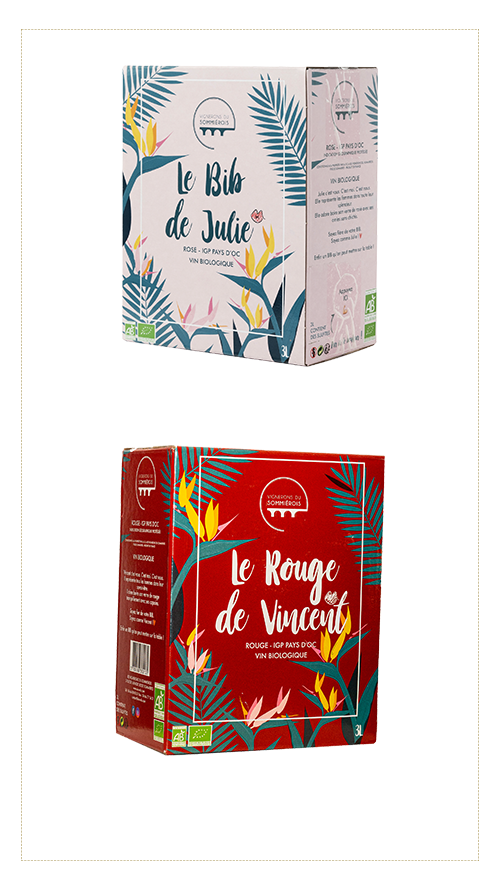
By adopting eco-friendly packaging practices for wine exports, wineries can meet current market trends while attracting the interest of international consumers in countries such as Germany, Canada, and Sweden. Sustainable materials and eco-responsible initiatives are gradually becoming the norm in the wine industry, and innovative producers can seize this opportunity to stand out and conquer new markets focused on French wine exports.
Minimalist Design: Elegance and Attractiveness
Minimalism has become a major trend in the world of wine packaging. We will examine how clean lines, minimalist labels, and contemporary designs appeal to modern consumers. This approach also allows for standing out on the shelves by focusing on essentials and effectively communicating the wine’s personality.
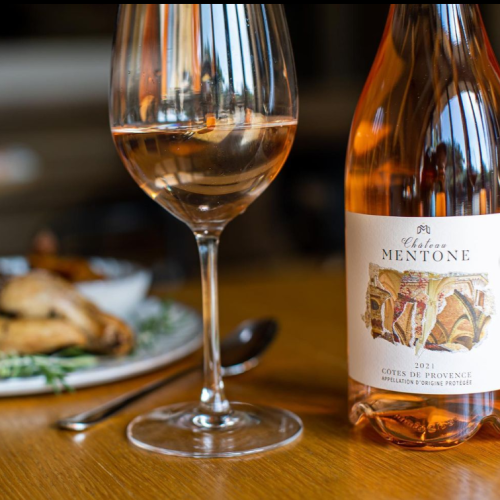
2.1 Minimalist Labels for Effective Communication
Wine labels play an essential role in communicating the wine’s personality and characteristics. In minimalist design, labels are often stripped of any superfluous elements, leaving room for essential information such as the wine’s name, vintage, wine region, and grape varieties used. This approach allows consumers to focus on the essentials and better understand the product without being distracted by unnecessary details.
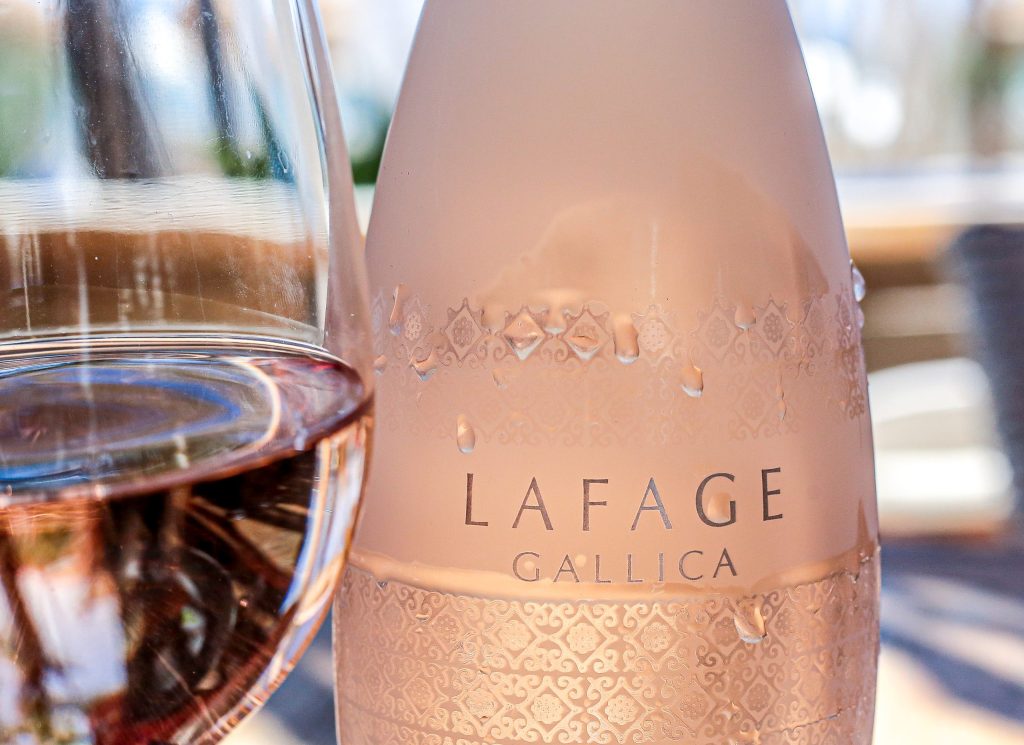
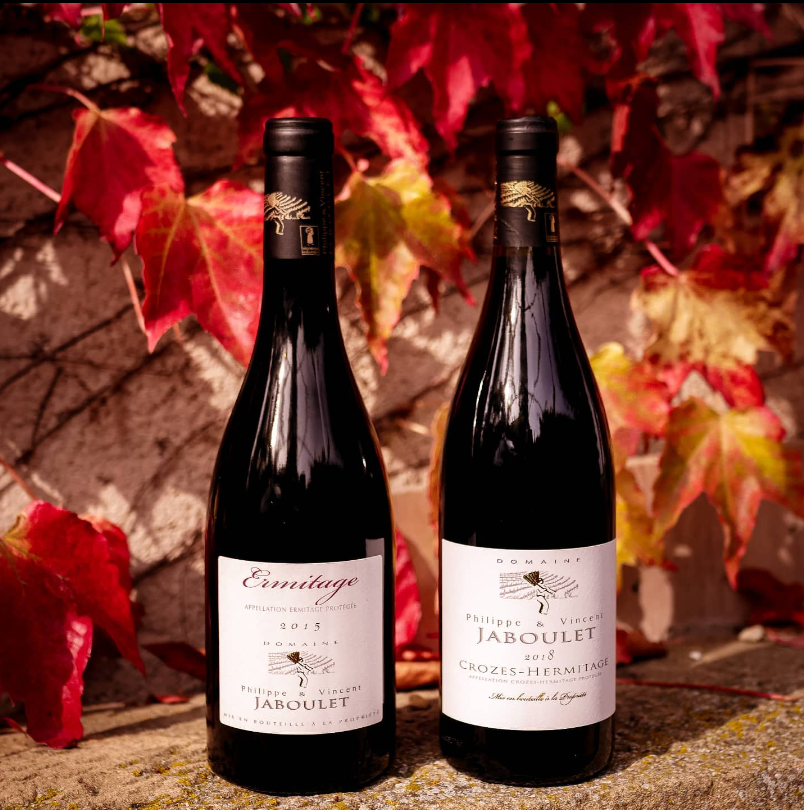
2.2 The Appeal of Contemporary Design in Different International Markets
Minimalist and contemporary design is appreciated in many international markets, but preferences may vary according to each country’s culture and consumer preferences. For example, consumers in France, known for their appreciation of tradition and authenticity, may be sensitive to a minimalist design that highlights the terroir and family heritage. On the other hand, in countries such as the United States, the United Kingdom, and Australia, where minimalism is already well-established, consumers seek modern and clean packaging that reflects their contemporary lifestyle.
At La Confrérie des Domaines, we create personalized labels for our producers and international clients to adapt to the respective markets.
The Importance of Storytelling on the Label
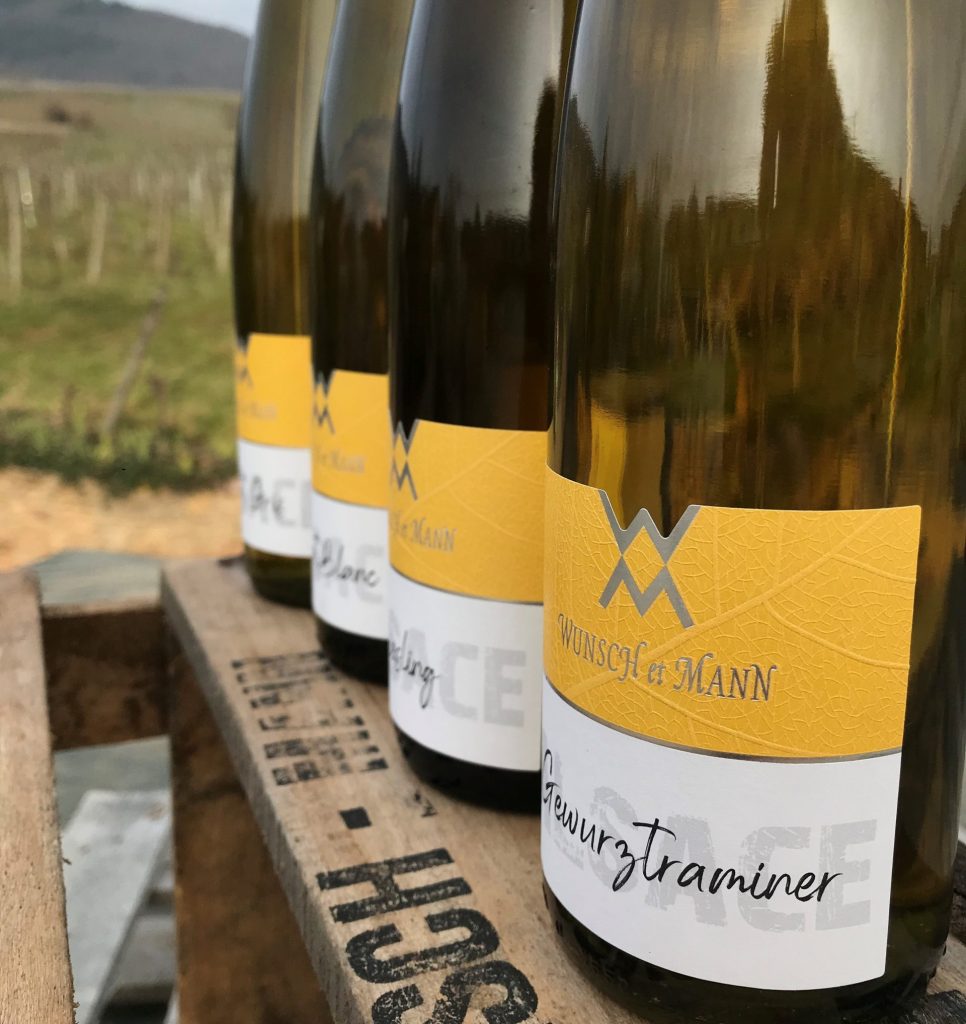
Today’s consumers seek emotional connections with the products they purchase. In this part, we will discuss the increasing use of storytelling on wine labels, with anecdotes about the wine’s origins, family traditions, and company values. These elements create an emotional bond with consumers and make the wine more memorable.
3.1 The Rise of Storytelling on Wine Labels
Storytelling has become a powerful tool for wine producers aiming to create a more immersive experience for consumers. Beyond the technical characteristics of the wine, telling a story on the label allows consumers to feel closer to the product, its history, and its identity. Narratives about the wine’s origins, family traditions, or company values can evoke emotion and captivate consumers, creating a more engaging purchasing experience.
3.2 Consumer Profile Trends Across Countries
The trends of storytelling on wine labels may vary according to each country’s culture and consumer profile. For example, in countries like France, Italy, and Spain, where wine heritage and family traditions are deeply rooted in the culture, consumers are often sensitive to family stories passed down through generations and traditional production methods. Telling these stories on the labels can create a strong emotional bond with consumers and strengthen their attachment to the brand.
On the other hand, in countries such as the United States, Canada, and Australia, where the culture is more focused on individualism and exploring new experiences, consumers may be attracted to more contemporary and innovative stories. Producers who integrate stories about the wine’s unique origin, unique winemaking methods, or artistic collaborations on their labels can pique the interest of consumers seeking new and authentic discoveries.

Technological Innovations in Packaging
Technological advancements offer new possibilities in the field of wine packaging. In this part, we will examine interactive labels, QR codes, smart corks, and other advancements that allow consumers to access additional information about the wine, the cellar’s history, and food-wine pairings simply using their smartphones.
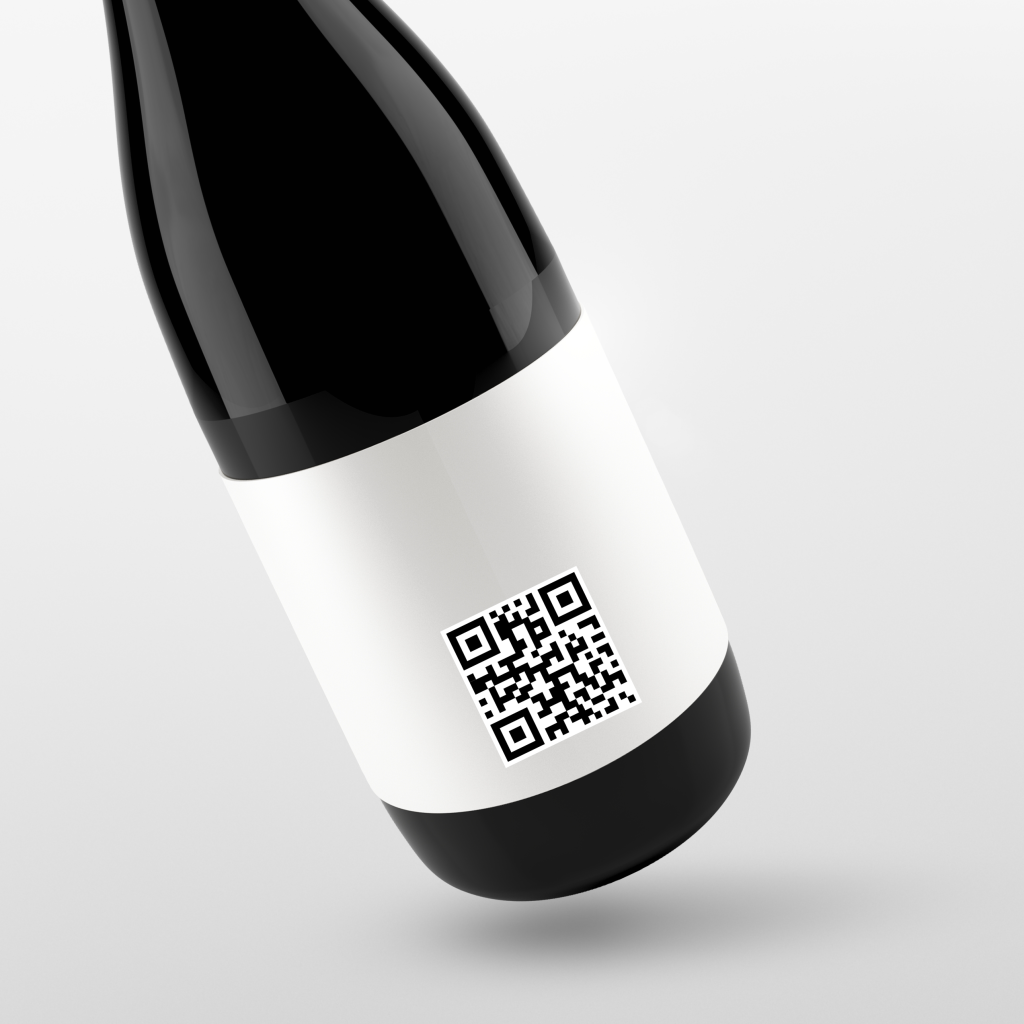
4.1 Interactive Labels for an Immersive Experience
Interactive labels are one of the most captivating innovations in the world of wine packaging. Through augmented reality, consumers can scan the label with their smartphones and access an immersive experience. They can learn more about the vineyard, the winemaking process, and specific characteristics of the wine. This technology allows producers to create a more personal connection with consumers, offering them a unique and memorable experience.
4.2 QR Codes for Instant Access to Information
QR codes are increasingly used on wine labels. They provide consumers with a quick and easy way to access additional information about the wine. By scanning the QR code with their smartphones, consumers can be redirected to the producer’s website, where they can learn more about the wine’s details, awards received, and even watch videos about the winemaking process. This approach allows consumers to explore the wine further and feel more engaged in their purchasing decision. Please see reference in the previous article “The new labeling standars: a major challenge for the export of French wines !”
4.3 Smart Corks for Traceability and Preservation
Smart corks, also known as connected corks, integrate technologies such as RFID (Radio Frequency Identification) or NFC (Near Field Communication) to offer advanced features. They allow tracking the traceability of the wine from the cellar to the consumer, ensuring its authenticity. Moreover, some smart corks have sensors to monitor the temperature and humidity inside the bottle, ensuring better wine preservation.
Technological innovations in wine packaging may be received differently depending on the countries and consumer preferences. In countries like Japan and South Korea, where technology is highly prevalent in daily life, consumers may be particularly receptive to interactive labels and QR codes, considering them practical additions to learn more about the wine. On the other hand, in countries with a strong wine tradition like France, Italy, and Spain, consumers may appreciate smart corks for traceability and preservation as they enhance confidence in the wine’s quality and authenticity.
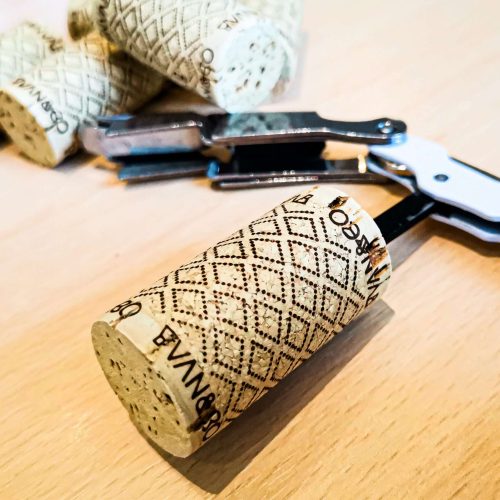
Conclusion
In conclusion, wine packaging is evolving to meet the preferences of international consumers and distributors. Current trends such as ecology, minimalist design, storytelling, and technological innovations offer new opportunities for producers to stand out in global markets. To succeed internationally, it is essential to adapt to local specificities and focus on sustainable and authentic practices. The future of packaging in the global wine industry is promising, providing exciting opportunities to create memorable experiences and strengthen the position of French wines on the international stage.
Share it !
Discover our article: “The new labeling standars: a major challenge for the export of French wines “
